Home>Gardening & Outdoor>Landscaping Ideas>When To Stop Watering Grass
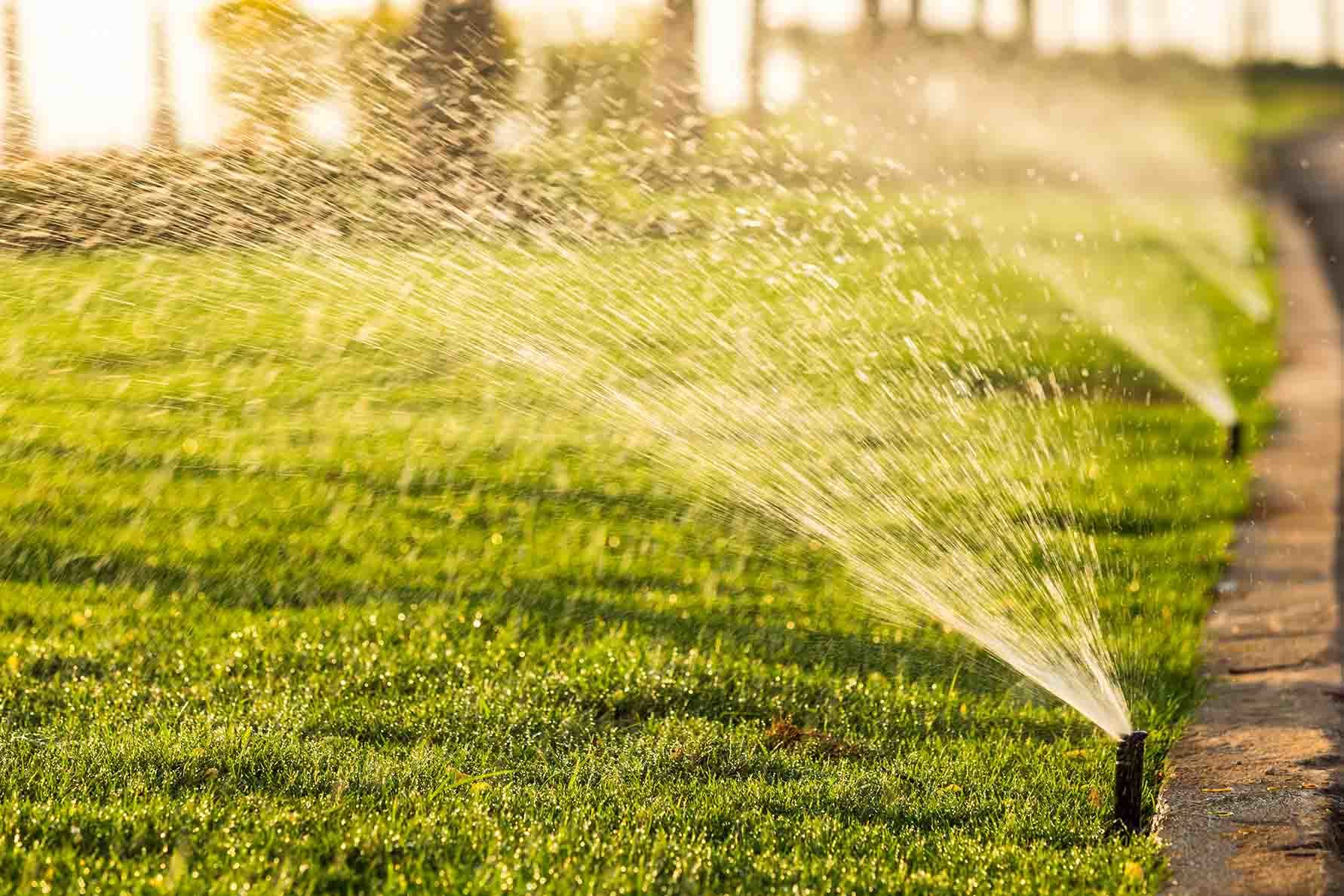

Landscaping Ideas
When To Stop Watering Grass
Modified: March 24, 2024
Learn the best landscaping ideas and tips for when to stop watering grass to maintain a healthy and vibrant lawn. Discover expert advice for optimizing your lawn care routine.
(Many of the links in this article redirect to a specific reviewed product. Your purchase of these products through affiliate links helps to generate commission for Storables.com, at no extra cost. Learn more)
Signs that grass doesn't need watering
-
Color and Texture: When grass is well-hydrated, it appears vibrant and has a springy texture. However, if you notice that your grass has taken on a dull, bluish hue and feels brittle to the touch, it's a clear sign that it may not need watering.
-
Footprint Test: Another simple way to determine if your grass requires watering is by performing the footprint test. Step on the grass, and if the blades don't bounce back, it's an indication that the grass is not in immediate need of water.
-
Slow Growth: If your grass is growing at a slower rate than usual, it may not need as much water. During periods of reduced growth, the grass is often in a state of dormancy, requiring less water to maintain its health.
-
Morning Dew: Observing the presence of morning dew on your grass can also serve as a natural indicator that the grass is adequately hydrated. If the dew is present, it signifies that the grass has received sufficient moisture overnight and may not require additional watering.
-
Soil Moisture: Checking the soil moisture level is crucial in determining whether your grass needs watering. If the soil is still damp several inches below the surface, it indicates that the grass has ample moisture and does not need immediate watering.
By being attentive to these signs, you can effectively gauge when your grass requires watering, ensuring that you provide just the right amount of moisture for its optimal health and growth.
Key Takeaways:
- Signs that grass doesn’t need watering:
When the grass looks dull, doesn’t bounce back when stepped on, grows slowly, has morning dew, or the soil is still damp, it may not need watering. - Best time to water grass:
Water your grass in the early morning before 10 a.m. to maximize absorption and minimize evaporation. Avoid watering in the late afternoon or evening to prevent fungal growth.
Read more: When Grass Stops Growing
How to check soil moisture
Checking the soil moisture is a crucial step in determining the watering needs of your grass. By assessing the moisture level in the soil, you can make informed decisions about when and how much to water, ensuring that your grass receives the appropriate hydration for healthy growth.
One of the simplest methods to check soil moisture is the finger test. Begin by inserting your index finger into the soil, ideally in the root zone of the grass. If the soil feels moist and easily forms a ball when pressed together, it indicates ample moisture content. Conversely, if the soil feels dry and crumbly, it suggests that the grass may require watering.
Another effective technique is to use a soil moisture meter. These handy devices provide accurate readings of the soil moisture levels, allowing you to gauge whether the grass needs watering. Simply insert the probe of the moisture meter into the soil, and the displayed readings will indicate the moisture content, enabling you to make informed decisions about watering.
Furthermore, utilizing a screwdriver or a soil auger can help assess soil moisture. By inserting either tool into the soil, you can gauge the ease of penetration. If the tool penetrates the soil effortlessly, it suggests that the soil is adequately moist. However, if you encounter resistance, it may indicate dry soil, signaling the need for watering.
Observing the color and texture of the soil can also provide insights into its moisture content. Moist soil typically appears darker in color and has a slightly sticky texture. In contrast, dry soil tends to be lighter in color and feels powdery to the touch. By visually assessing the soil, you can gain valuable indications of its moisture level.
In addition to these methods, utilizing a rain gauge can help track the amount of natural precipitation received, aiding in the assessment of soil moisture. By monitoring the rainfall, you can adjust your watering schedule accordingly, ensuring that your grass receives the necessary moisture without overwatering.
By employing these techniques to check soil moisture, you can effectively gauge the watering needs of your grass, promoting its health and vitality while conserving water resources. Regularly assessing soil moisture empowers you to make informed decisions about watering, contributing to the overall well-being of your lawn.
Factors affecting grass water needs
Several factors play a significant role in determining the water requirements of grass, influencing the frequency and amount of watering needed to maintain its health and vitality. Understanding these factors is essential for effectively managing the watering regimen for your lawn.
-
Grass Type: Different grass species have varying water needs. For instance, cool-season grasses such as Kentucky bluegrass and fescue require more frequent watering, especially during hot and dry periods, to thrive. On the other hand, warm-season grasses like Bermuda grass and Zoysia grass are more drought-tolerant and have lower water requirements. By considering the specific water needs of your grass type, you can tailor the watering schedule to suit its characteristics.
-
Climate and Weather Conditions: The prevailing climate and weather patterns significantly impact grass water needs. In regions with hot and arid climates, grass often requires more frequent watering to withstand the heat and maintain its vigor. Conversely, in cooler and more humid climates, the grass may require less frequent watering. Additionally, factors such as temperature, humidity, and wind speed influence the rate of evaporation, affecting the moisture retention in the soil and consequently impacting the grass's water requirements.
-
Soil Type and Quality: The composition and quality of the soil directly influence its water-holding capacity and drainage properties. Sandy soils drain water rapidly and have lower water retention, necessitating more frequent watering to ensure adequate moisture for the grass. In contrast, clay soils retain water for longer periods, requiring less frequent watering. By understanding the soil type and its characteristics, you can adjust the watering schedule to accommodate the soil's water retention capabilities.
-
Sunlight Exposure: The amount of sunlight that the grass receives plays a crucial role in its water needs. Areas of the lawn that are exposed to intense sunlight for extended periods may experience higher rates of evaporation, leading to increased water requirements. Conversely, shaded areas may retain moisture for longer durations, necessitating less frequent watering. By considering the sunlight exposure across your lawn, you can tailor the watering regimen to address the specific needs of different areas.
-
Seasonal Variations: The water requirements of grass fluctuate with the changing seasons. During the hot summer months, grass often requires more frequent watering to combat heat stress and maintain its vitality. In contrast, during cooler seasons, such as fall and spring, the grass's water needs diminish, necessitating adjustments to the watering schedule to align with seasonal variations.
By taking into account these factors that influence grass water needs, you can optimize your watering practices to ensure that your lawn receives the appropriate moisture, promoting its health and resilience while conserving water resources. Understanding the unique dynamics that impact grass water requirements empowers you to make informed decisions about watering, contributing to the overall well-being of your lawn.
Best time of day to water grass
The timing of watering plays a pivotal role in ensuring the effectiveness of the irrigation process and the overall health of your grass. Selecting the best time of day to water your grass is essential for maximizing water absorption, minimizing evaporation, and promoting the optimal growth and vitality of your lawn.
Early Morning
Watering your grass in the early morning, ideally before 10 a.m., is widely regarded as the most advantageous time. During the early morning hours, the temperature is relatively low, and the wind speed is typically minimal, creating favorable conditions for efficient water uptake by the grass. Additionally, the morning sunlight can help evaporate any excess moisture on the grass blades, reducing the risk of fungal diseases and promoting a healthier lawn.
Read more: When To Stop Cutting Your Grass
Late Afternoon and Evening
While watering in the late afternoon or evening may seem convenient, it is generally discouraged due to the increased potential for prolonged moisture on the grass overnight. Excess moisture during the night can create a conducive environment for fungal growth and diseases, potentially compromising the health and appearance of your lawn. Furthermore, watering during these times may lead to inefficient water absorption, as the heat and wind during the day can cause rapid evaporation, limiting the effectiveness of irrigation.
By prioritizing early morning watering, you can capitalize on the favorable environmental conditions to ensure that your grass receives the maximum benefit from the irrigation. This approach not only optimizes water utilization but also contributes to the overall well-being and resilience of your lawn.
Adhering to the recommended watering schedule and selecting the appropriate time of day for irrigation is instrumental in maintaining a lush, vibrant lawn while conserving water resources. By aligning your watering practices with the optimal timing, you can promote the health and beauty of your grass, fostering a thriving outdoor environment for enjoyment and relaxation.
How to adjust watering schedule for different seasons
Adapting the watering schedule to align with the distinct requirements of each season is essential for nurturing a healthy and resilient lawn throughout the year. By understanding the evolving needs of your grass as the seasons change, you can optimize the watering regimen to promote its vitality while conserving water resources.
Spring
During the spring season, the grass undergoes a phase of active growth and rejuvenation after the dormancy of winter. As the temperatures begin to rise, it is crucial to adjust the watering schedule to accommodate the increasing water needs of the grass. Gradually transitioning from the reduced watering frequency of winter, it is advisable to incrementally increase the irrigation to support the emerging growth and promote a lush, vibrant lawn. Monitoring the soil moisture and observing the grass for signs of increased thirst, such as accelerated growth and heightened water loss, can guide the adjustment of the watering schedule to meet the escalating demands of the spring season.
Summer
The summer months bring intense heat and heightened evaporation rates, placing greater stress on the grass and elevating its water requirements. To adapt to these conditions, it is essential to adjust the watering schedule by increasing the frequency and duration of irrigation sessions. Providing deep, infrequent watering during the early morning hours can help replenish the moisture lost due to the scorching temperatures and minimize the risk of heat-induced stress. Additionally, incorporating mulching techniques can aid in moisture retention, reducing the frequency of watering while sustaining the grass's health during the hot summer days.
Read more: When Does Grass Stop Growing
Fall
As the summer transitions into fall, the temperatures begin to moderate, signaling a reduction in the grass's water needs. Adjusting the watering schedule to align with the diminishing demands of the grass is crucial for preventing overwatering and promoting a smooth transition into the dormant phase of winter. Gradually tapering off the irrigation frequency while closely monitoring the soil moisture enables the grass to acclimate to the changing conditions, fostering resilience and preparing it for the upcoming winter dormancy.
Winter
During the winter season, the grass enters a state of dormancy, exhibiting minimal growth and reduced water requirements. Adjusting the watering schedule to reflect the dormant state of the grass involves a significant reduction in irrigation frequency. While occasional watering may be necessary to prevent excessive dehydration, it is essential to exercise restraint and avoid overwatering, which can lead to moisture-related issues and compromise the grass's health during its dormant phase.
By meticulously adjusting the watering schedule to correspond with the unique characteristics of each season, you can effectively cater to the evolving needs of your grass, ensuring its sustained health and vibrancy while promoting responsible water management practices. Adhering to a seasonally tailored watering regimen empowers you to nurture a flourishing lawn while conserving water resources and contributing to a sustainable outdoor environment.
Frequently Asked Questions about When To Stop Watering Grass
Was this page helpful?
At Storables.com, we guarantee accurate and reliable information. Our content, validated by Expert Board Contributors, is crafted following stringent Editorial Policies. We're committed to providing you with well-researched, expert-backed insights for all your informational needs.
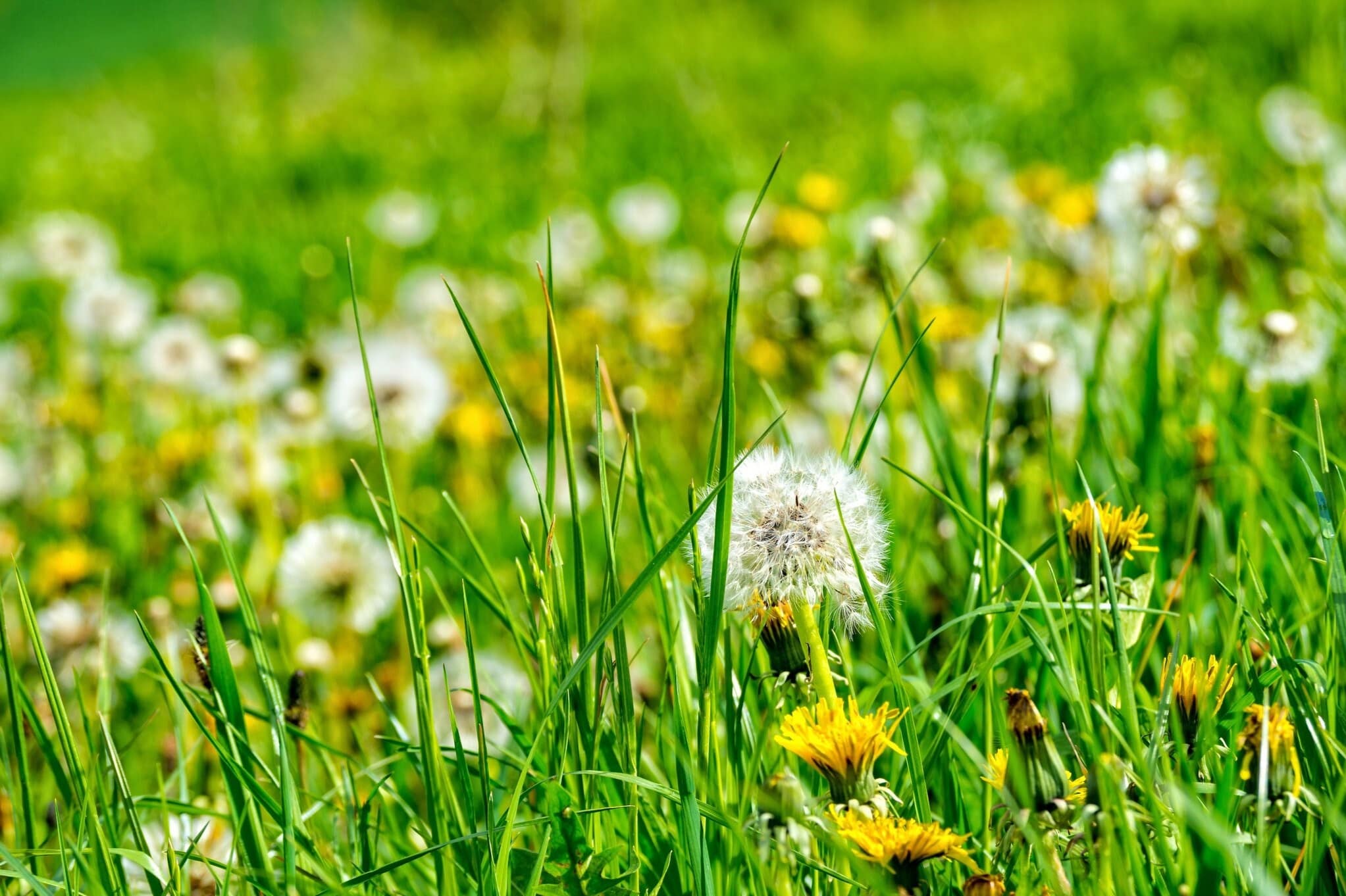
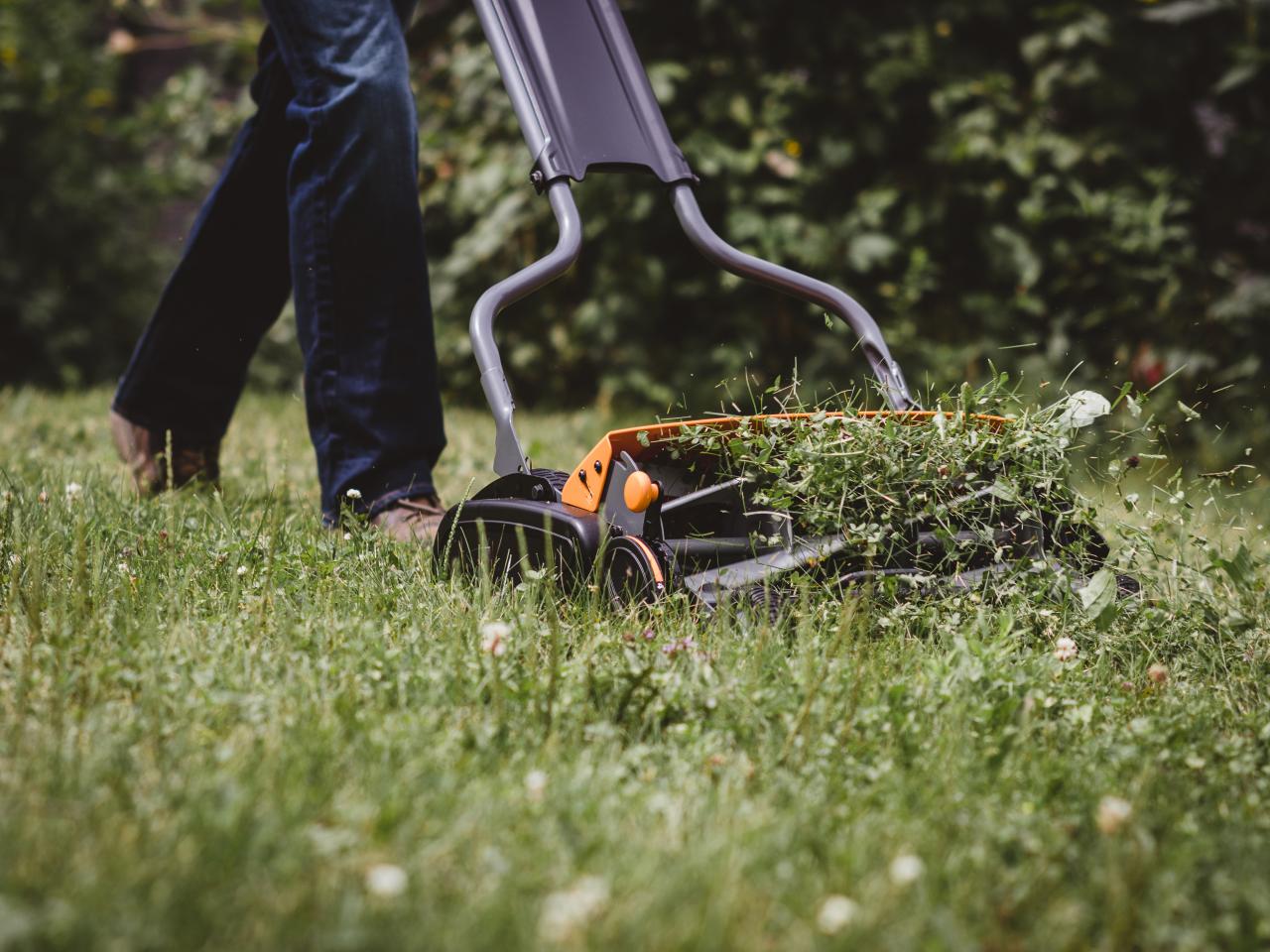
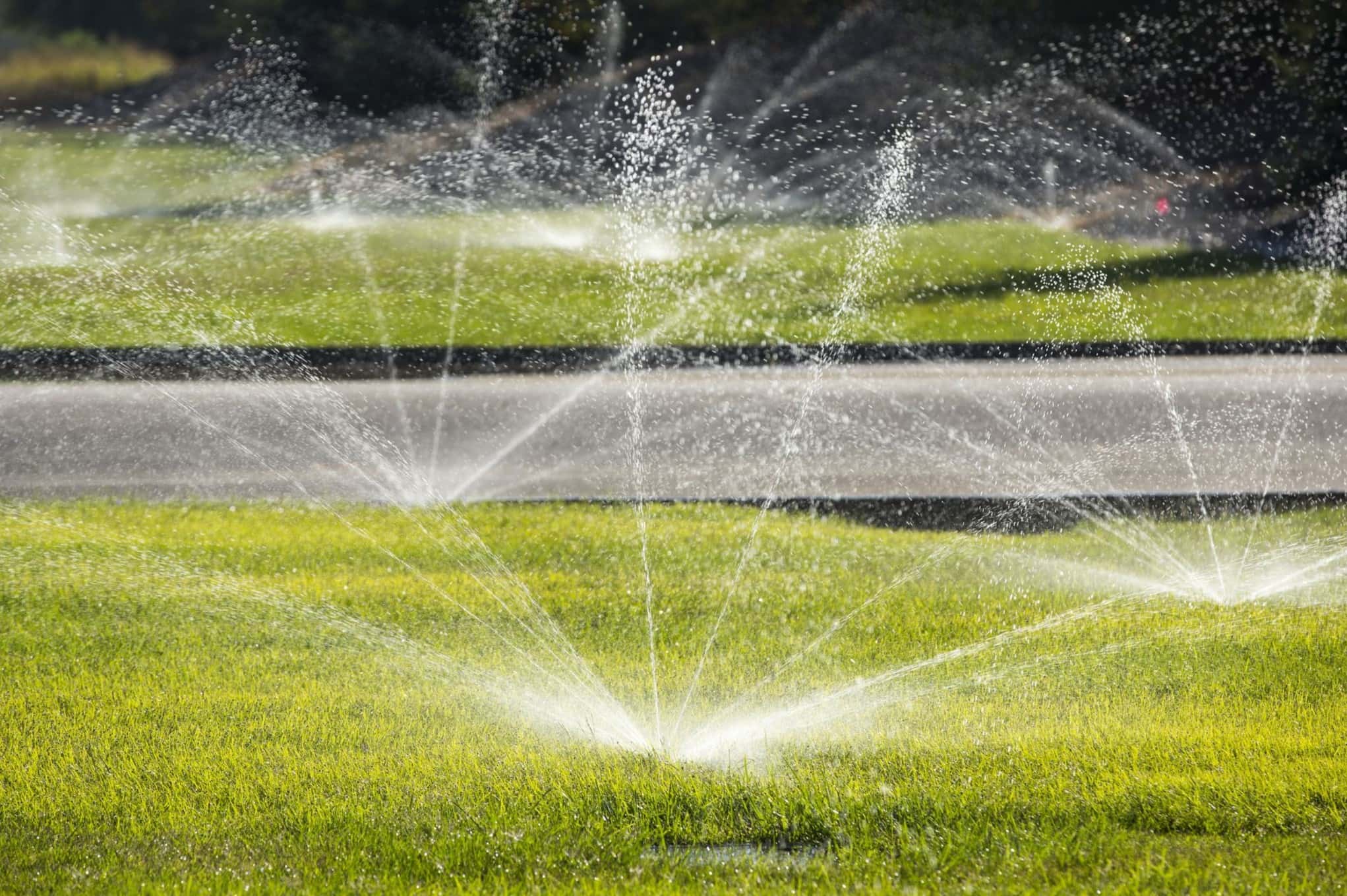
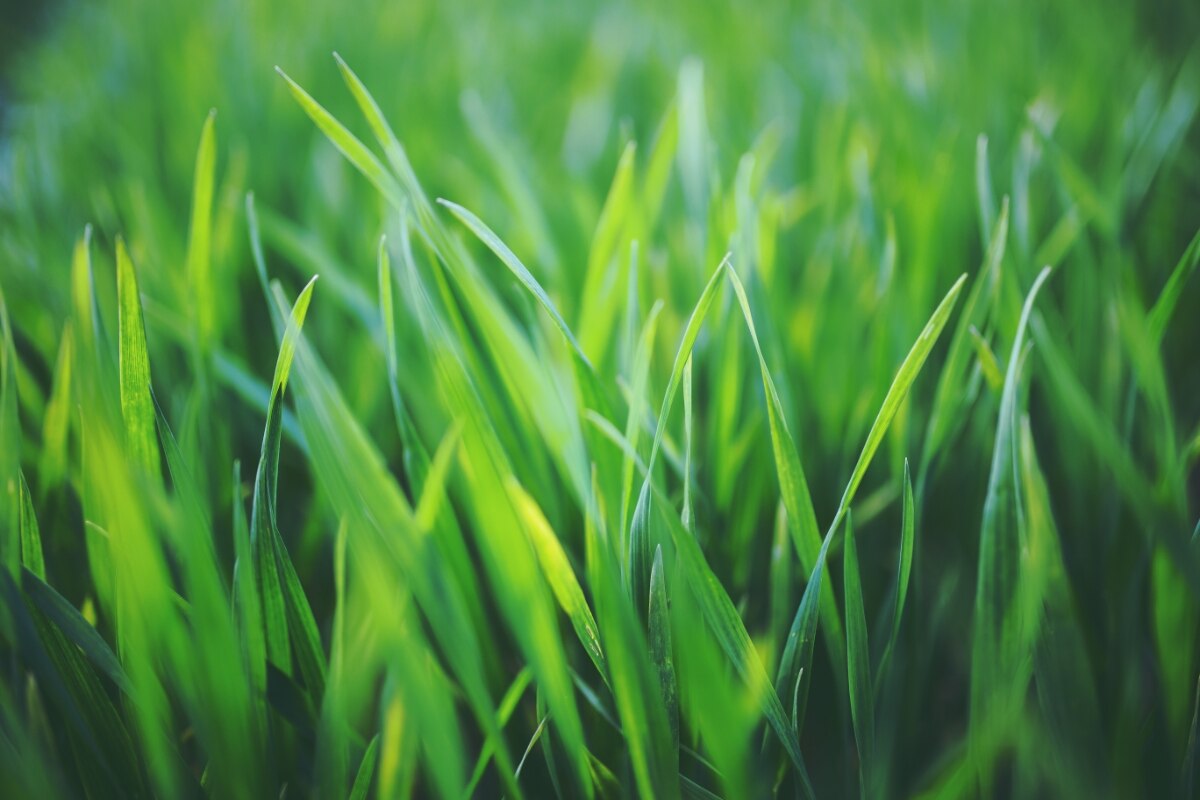
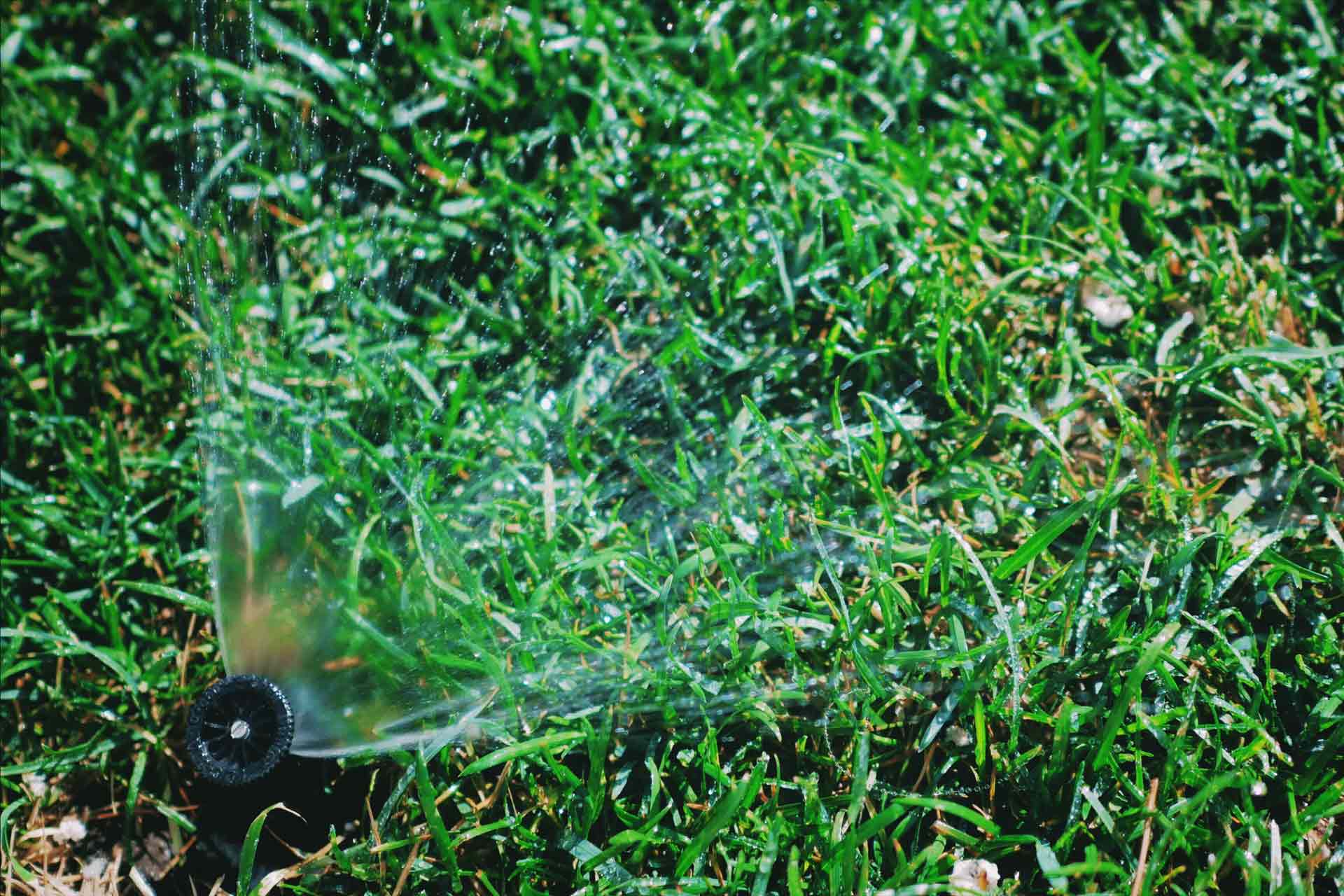
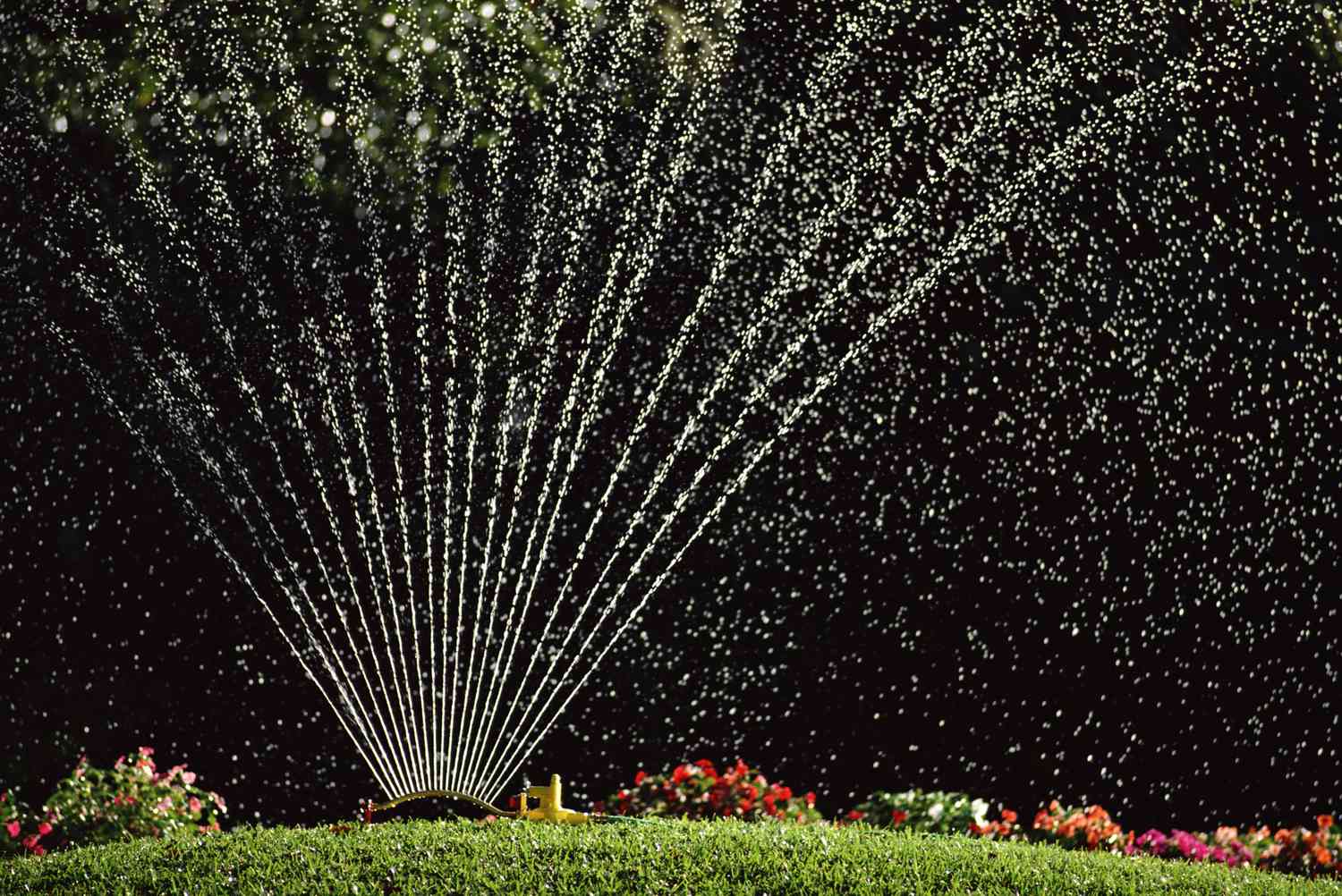
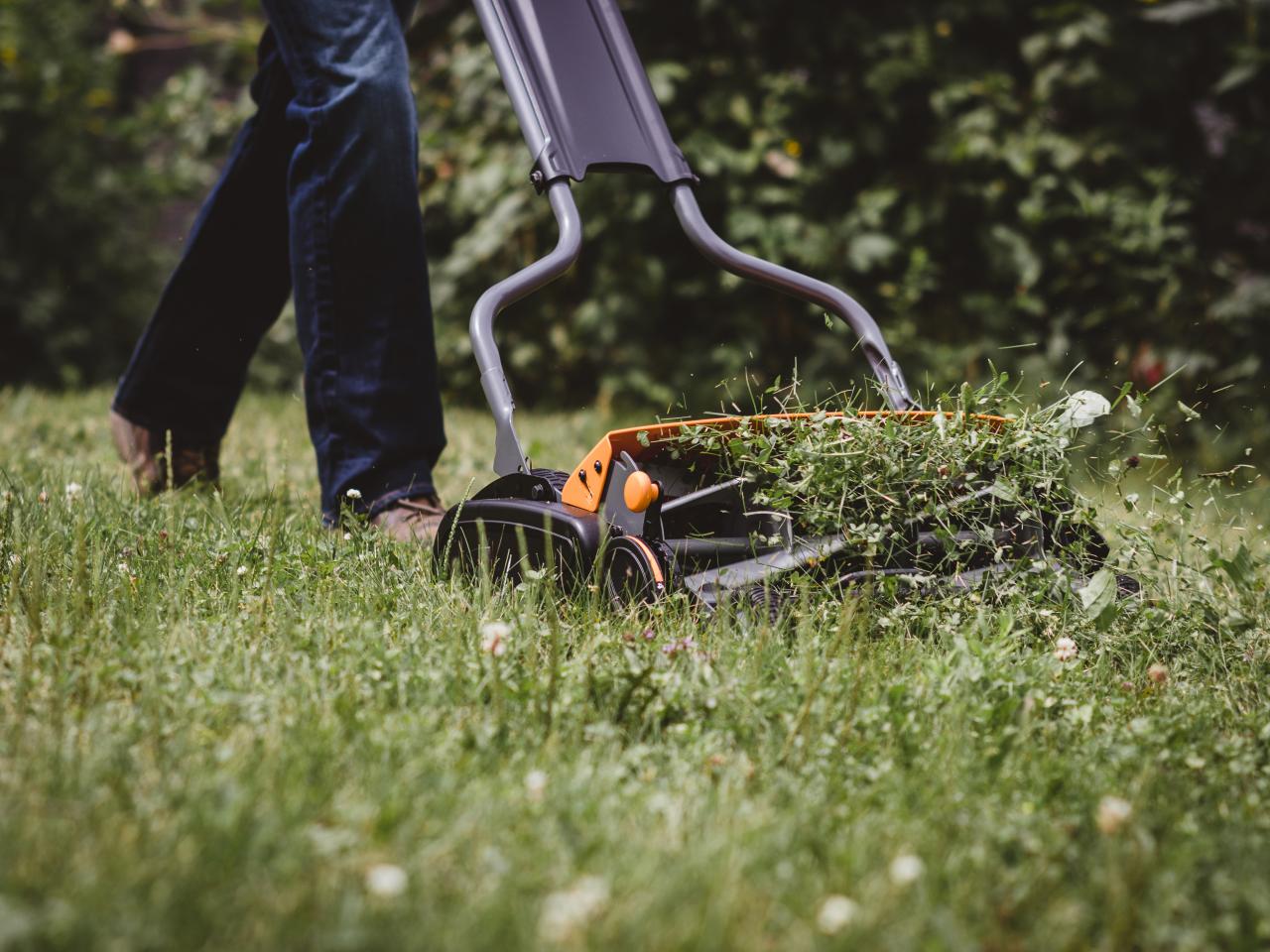
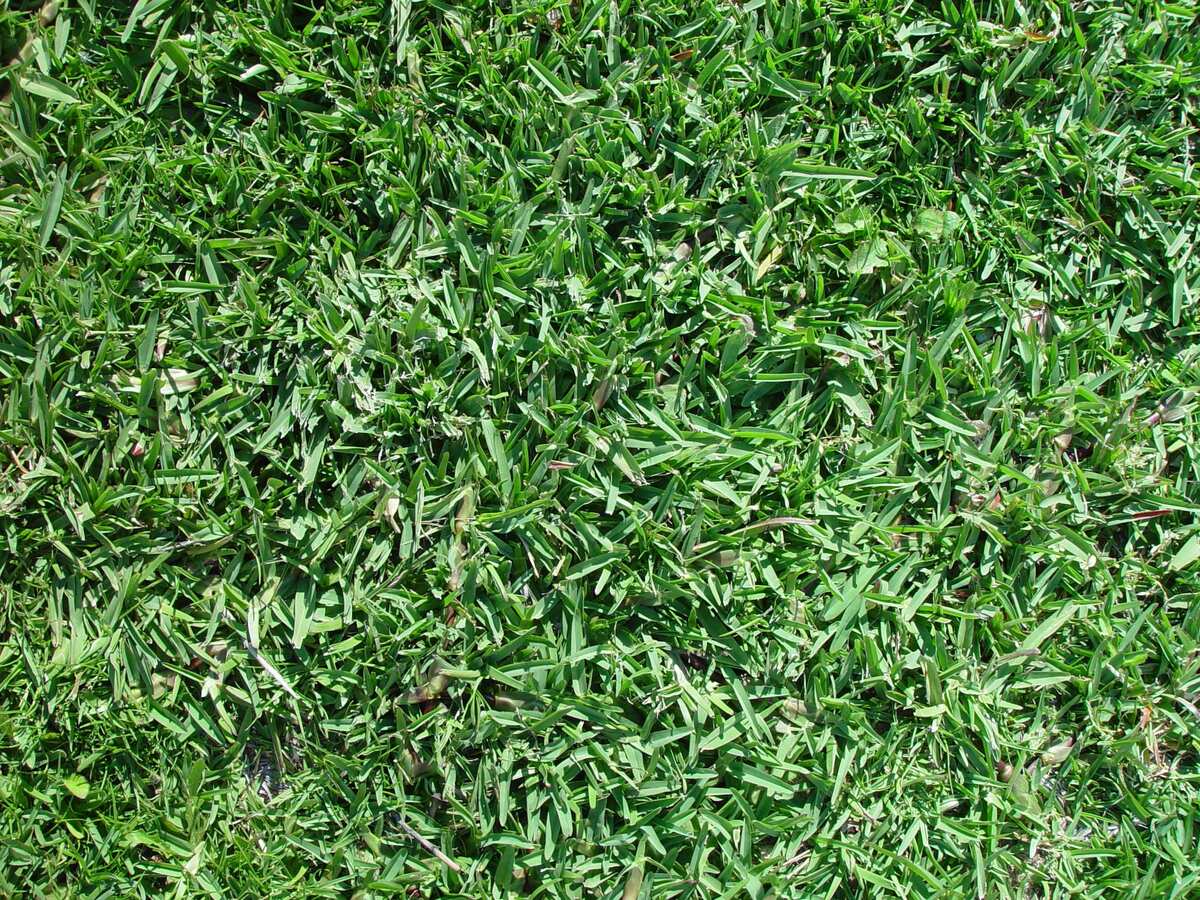
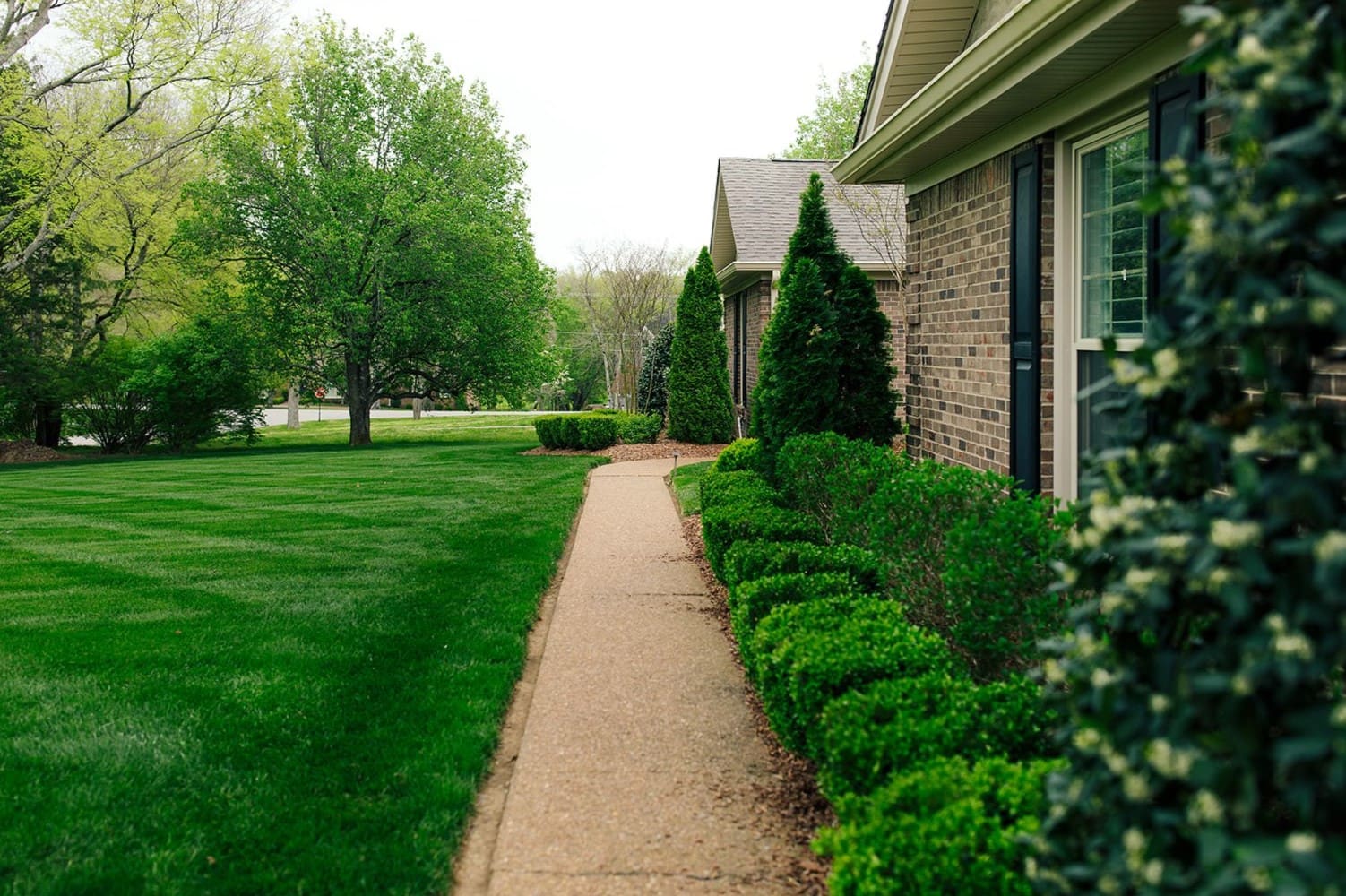
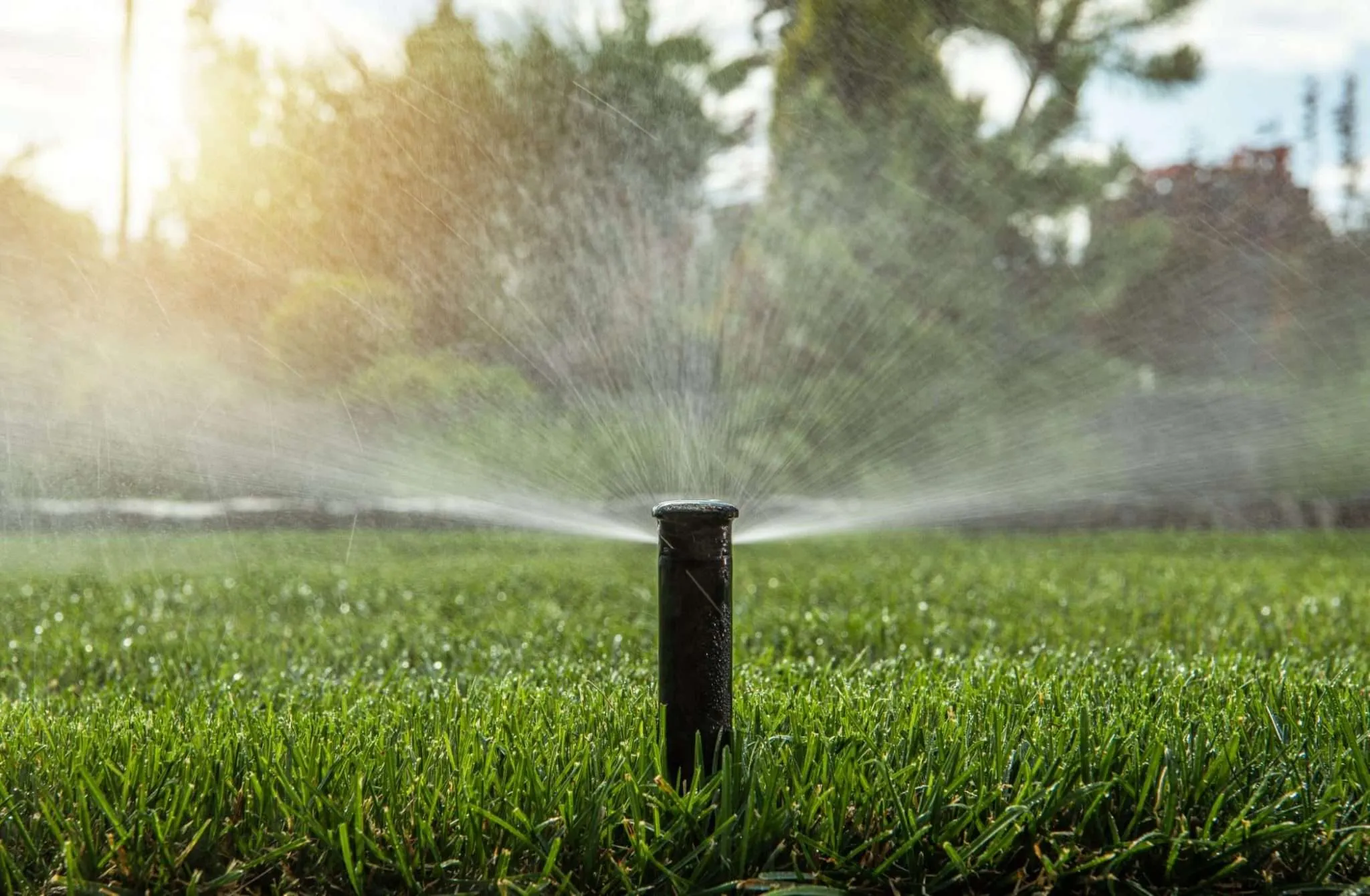
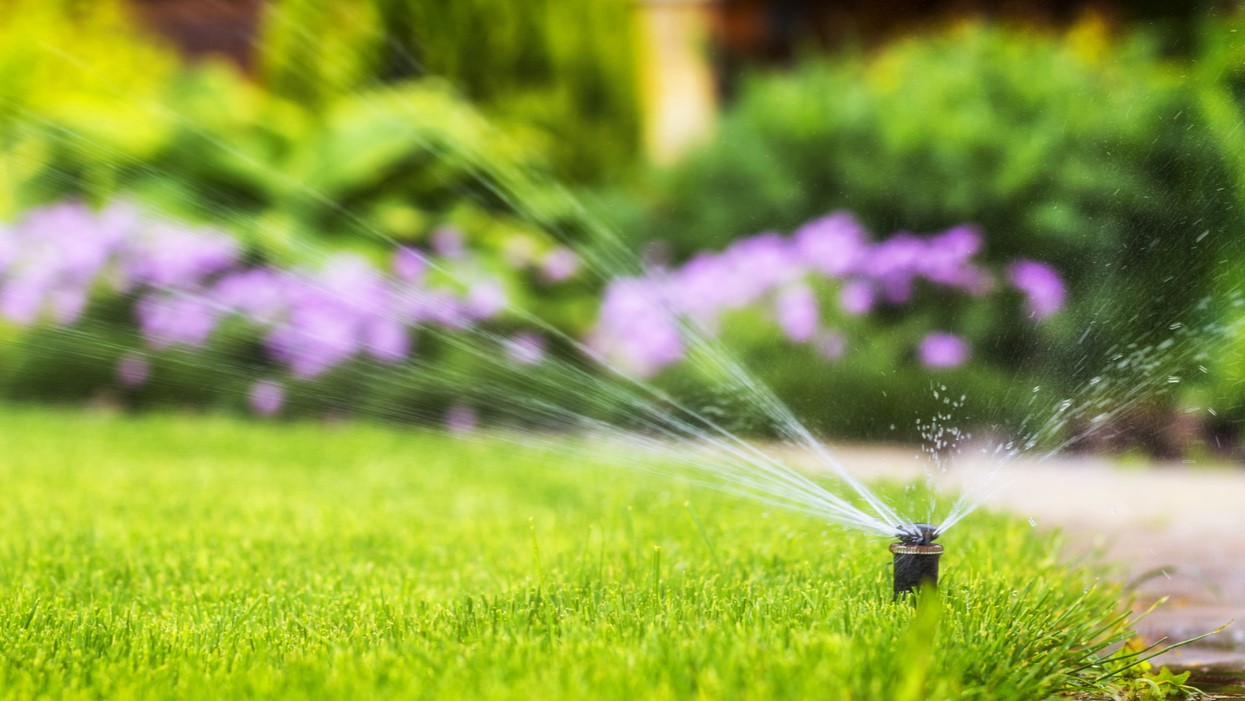
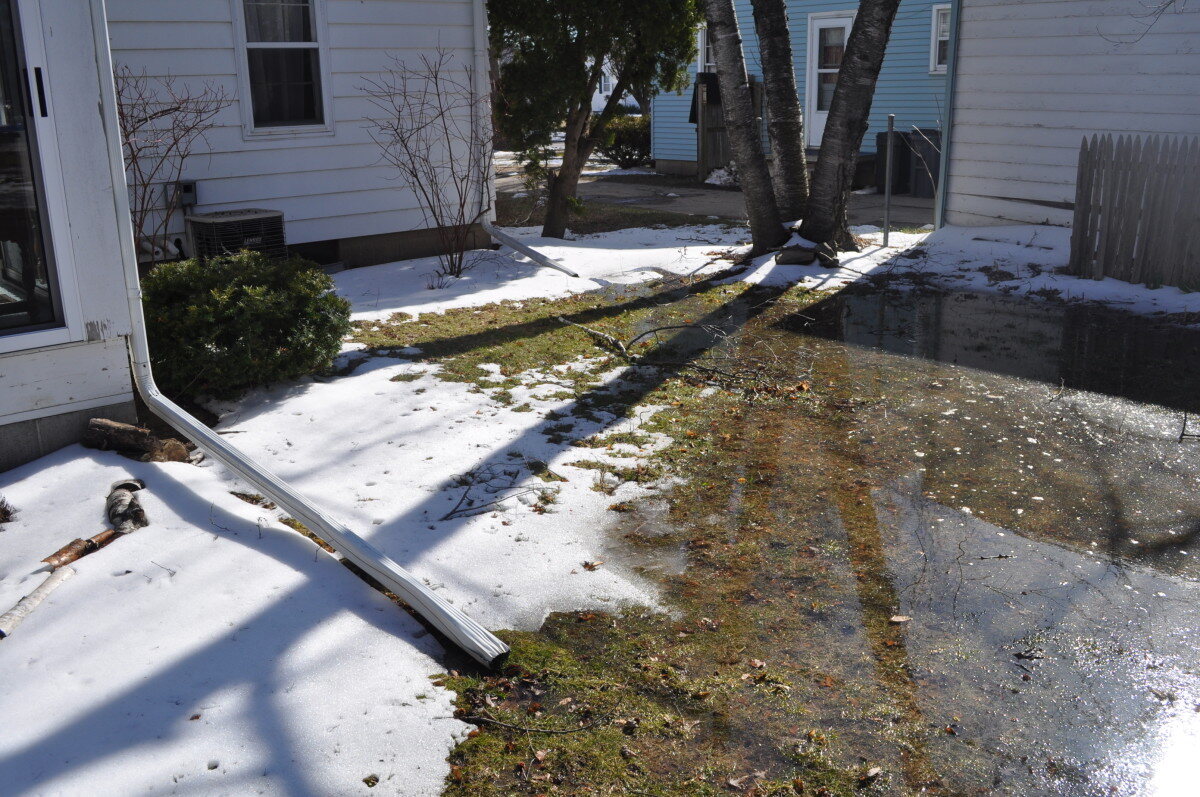
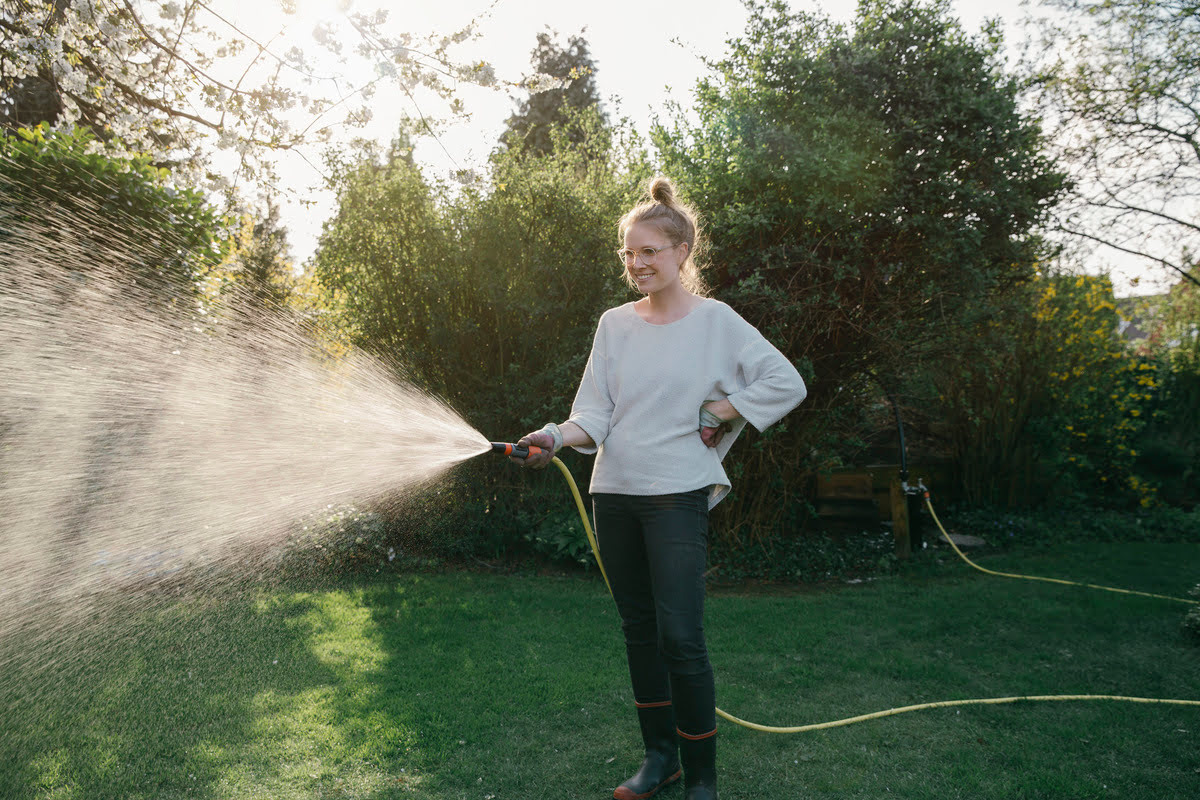

0 thoughts on “When To Stop Watering Grass”